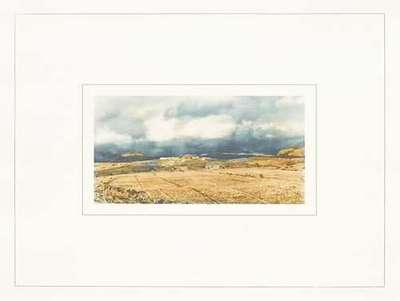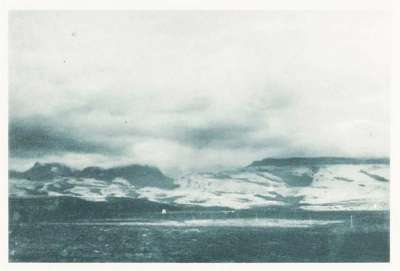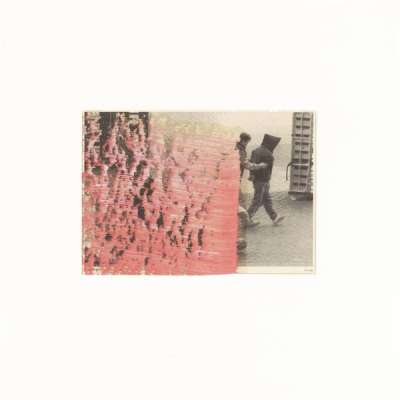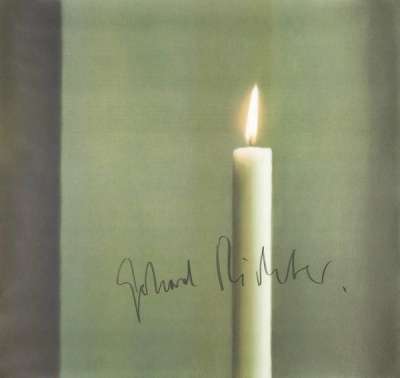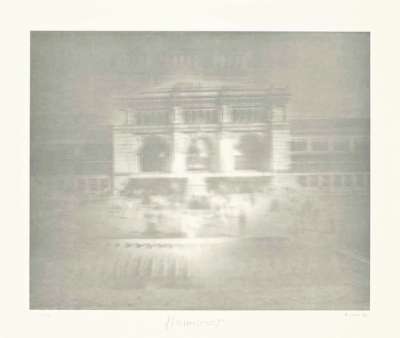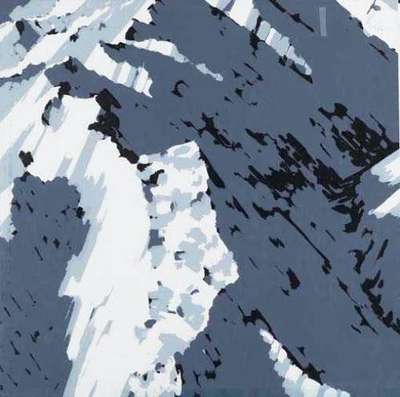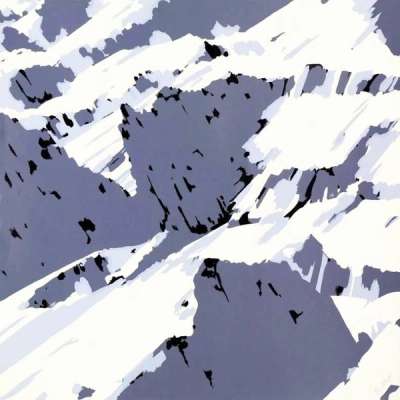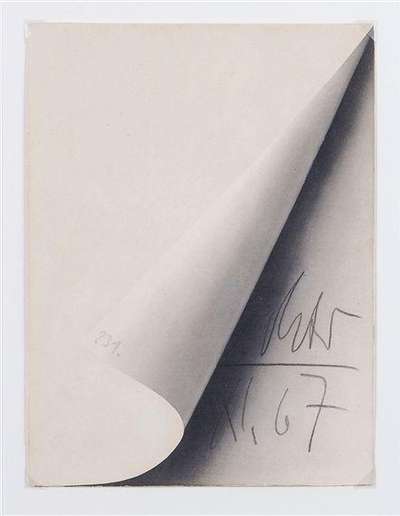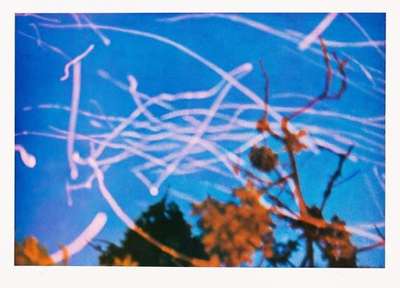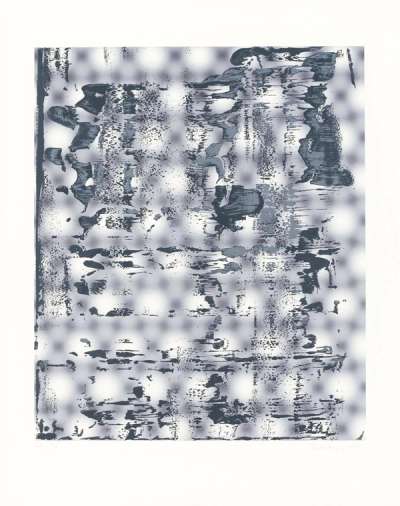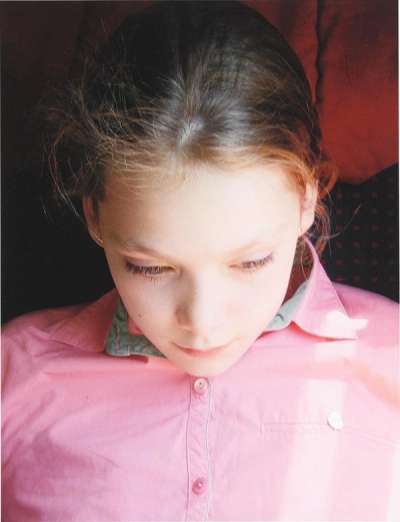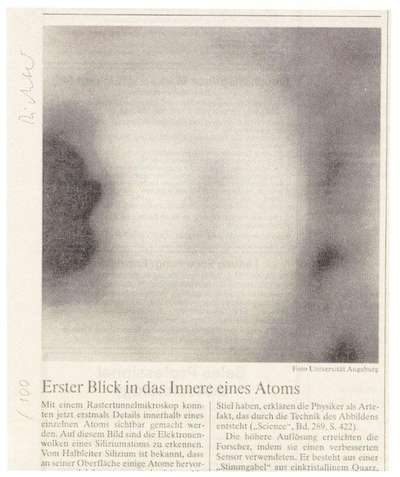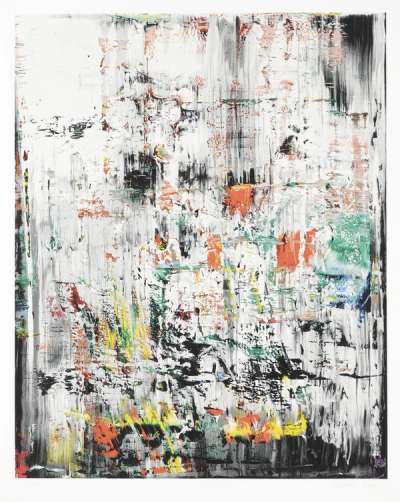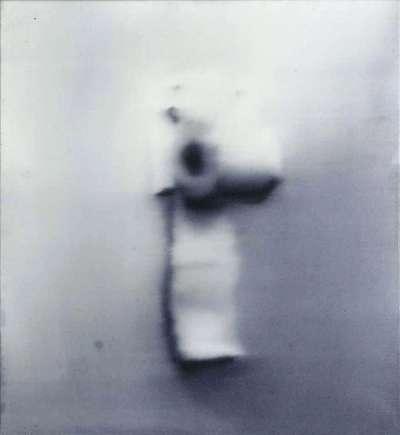
Kanarische Landschaften I - a

Kanarische Landschaften I - a
Signed Print
Gerhard Richter
£4,350-£6,500Value Indicator
$8,500-$13,000 Value Indicator
$8,000-$11,500 Value Indicator
¥40,000-¥60,000 Value Indicator
€5,000-€8,000 Value Indicator
$45,000-$60,000 Value Indicator
¥830,000-¥1,240,000 Value Indicator
$5,500-$8,000 Value Indicator
AAGR (5 years) This estimate blends recent public auction records with our own private sale data and network demand.
There aren't enough data points on this work for a comprehensive result. Please speak to a specialist by making an enquiry.
Medium: Photographic print
Edition size: 100
Year: 1971
Size: H 15cm x W 23cm
Signed: Yes
Format: Signed Print
Track this artwork in realtime
Watch artwork, manage valuations, track your portfolio and return against your collection
Track auction value trend
Auction Results
| Auction Date | Auction House | Location | Hammer Price | Return to Seller | Buyer Paid |
|---|---|---|---|---|---|
| May 2024 | Nosbüsch & Stucke | Germany | |||
| May 2017 | Van Ham Fine Art Auctions | Germany | |||
| February 2016 | Karl & Faber | Germany | |||
| April 2012 | Ketterer Kunst Hamburg | Germany |
Meaning & Analysis
A signed photographic print produced by acclaimed German visual artist Gerhard Richter in 1971, Kanarische Landschaften I - a depicts the homonymous subject matter: the rugged landscape of the Canary Islands. Part of Richter’s Canaries Landscapes collection, this print was issued in a limited edition of 100, and testifies to the artist’s keen interest in the natural world at this crucial stage in his career.
Like its close cousins Kanarische Landschaften II -f (1971) and Kanarische Landschaften I - e (1971), this work is a prime example of Richter’s early interest in the natural world and landscape painting. Striking for its realism, the work stands alongside other works, such as Schweizer Alpen I - B3 (1969) and Wolken (Clouds) (1969), as an early example of Richter’s desire to combine a photographic approach to painting with his keen eye for abstraction - a theme with which he could experiment more liberally from the 1970s onwards.
As an art student in Dresden, Richter was able to visit West Berlin twice a year. On his visit to the allied-controlled segment of the former German capital, Richter was shocked by vibrant visual and artistic cultures of the kind that did not exist inside the Soviet sphere of influence. Films and exhibitions had an enormous effect on him, namely the famous The Family Of Man photography exhibition, organised by Edward Steichen of New York’s Museum of Modern Art (MoMA) Commenting on the photos at the exhibition, Richter has said: ‘‘They told so much about modern life, about my life,’ Richter credits The Family Of Life as the point at which he discovered the ‘power’ of photography - a medium to which he has returned time and time again, and which has served as the basis of a large number of his realist paintings. From Elisabeth II (1966) to Besetztes Haus (Squatter’s House) (1990) and Orchid II (1998), the photograph has been the cornerstone of Richter’s paintings, be they portrait-based, or concerned with architecture or the natural world.
Hailing from Germany, Gerhard Richter has not been confined to one visual style. A testament to versatility and artistic diversity, Richter's work spans from photorealism to abstraction and conceptual art, and his portfolio is rich in varied media. From creating bold canvases to working on glass to distort the lines between wall-based art and sculpture, Richter has honed in on the blur technique to impart an ambiguity on his creations. To this day, Richter is one of the most recognised artists of the 20th century with his art having been presented in exhibitions worldwide. His global impact underscores his legacy as a trailblazer of artistic exploration.
